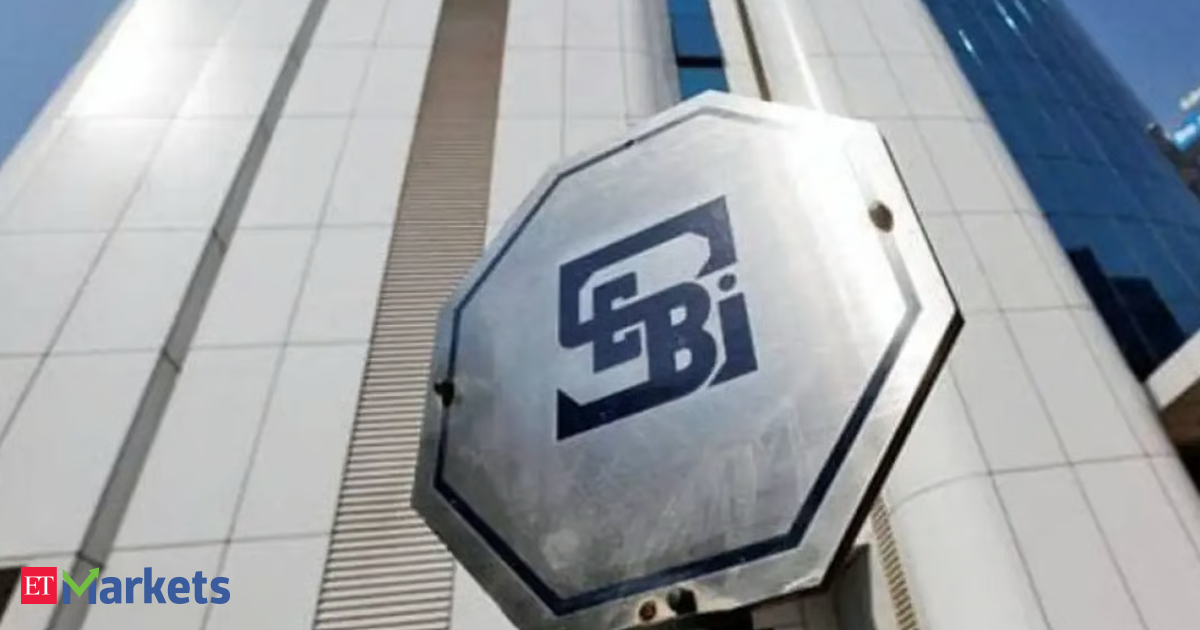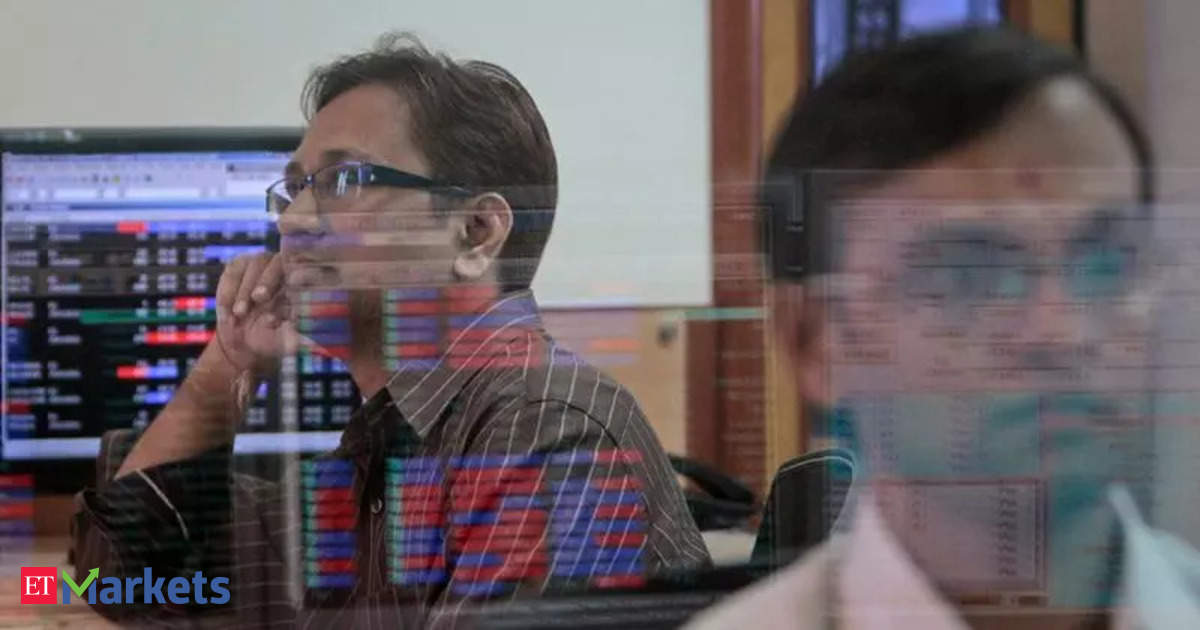The White House’s deal with the European Union would include a broad tariff of 15% on EU goods imported into the U.S., two diplomats said. The rate, which could also extend to cars, would mirror the framework agreement the U.S. has struck with Japan.
The benchmark S&P 500 has now climbed about 8% in 2025, while the Nasdaq has gained almost 9%.
“The key thing is the markets have confidence that the White House is going to continue to work through these trade deals,” said Larry Tentarelli, chief technical strategist for Blue Chip Daily Trend Report.
Shares of GE Vernova surged to 14.6% an all-time high after the power equipment maker raised its revenue and free cash flow forecasts and beat Wall Street estimates for second-quarter profit. GE Vernova has gained over 80% so far in 2025, with power consumption on track to hit record highs due to growing demand from AI and cryptocurrency data centers.
Heavyweight AI chipmaker Nvidia climbed 2.25% and fueled gains in the S&P 500 and Nasdaq. Tesla edged up 0.14% ahead of its quarterly report due after the closing bell. Investors will focus on the electric vehicle maker’s analyst conference call. They have braced for Tesla to report a steep drop in revenue related to mounting competition, a lack of new car models and a consumer backlash against CEO Elon Musk. “What you will hear is an awful lot of discussion about the future and a broad acknowledgement that this was a terrible quarter,” said Michael Green, chief strategist at Simplify Asset Management in Philadelphia.
Alphabet dipped 0.58%, with the Google parent also set to report results after the close of trading.
The S&P 500 climbed 0.78% to end the session at 6,358.91 points.
The Nasdaq gained 0.61% to 21,020.02 points, while the Dow Jones Industrial Average rose 1.14% to 45,010.29 points, just short of its December 4 record high close.
Volume on U.S. exchanges was relatively heavy, with 19.1 billion shares traded, compared to an average of 17.7 billion shares over the previous 20 sessions.
Wall Street’s “fear gauge”, the CBOE Volatility Index , dipped to its lowest level in over five months.
Analysts on average expect S&P 500 companies to report a 7.5% increase in earnings for the second quarter, according to LSEG I/B/E/S. Microsoft, Nvidia and other technology heavyweights that have seen their valuations soar due to their leadership in AI are expected to drive much of that quarterly earnings growth.
Medical equipment maker Thermo Fisher surged over 9% after beating Wall Street’s estimates for second-quarter profit and revenue.
Texas Instruments tumbled 13% after its quarterly profit forecast pointed to weaker-than-expected demand for its analog chips and underscored tariff-related uncertainty.
Texas Instruments’ report weighed on other analog chipmakers, with NXP Semiconductors, Analog Devices and ON Semiconductor losing between 1% and 4.6%.
In economic data, U.S. existing home sales fell more than expected in June. Focus now shifts to Thursday’s weekly jobless claims numbers and S&P Global’s flash PMI data to gauge economic health in the wake of tariff uncertainties.
Following a mixed set of economic data last week, traders have ruled out an interest rate cut by the Federal Reserve next week. Odds for a September reduction stand at about 58%, according to the CME FedWatch tool.
Advancing issues outnumbered falling ones within the S&P 500 by a 2.1-to-one ratio.
The S&P 500 posted 50 new highs and 2 new lows; the Nasdaq recorded 96 new highs and 20 new lows.




